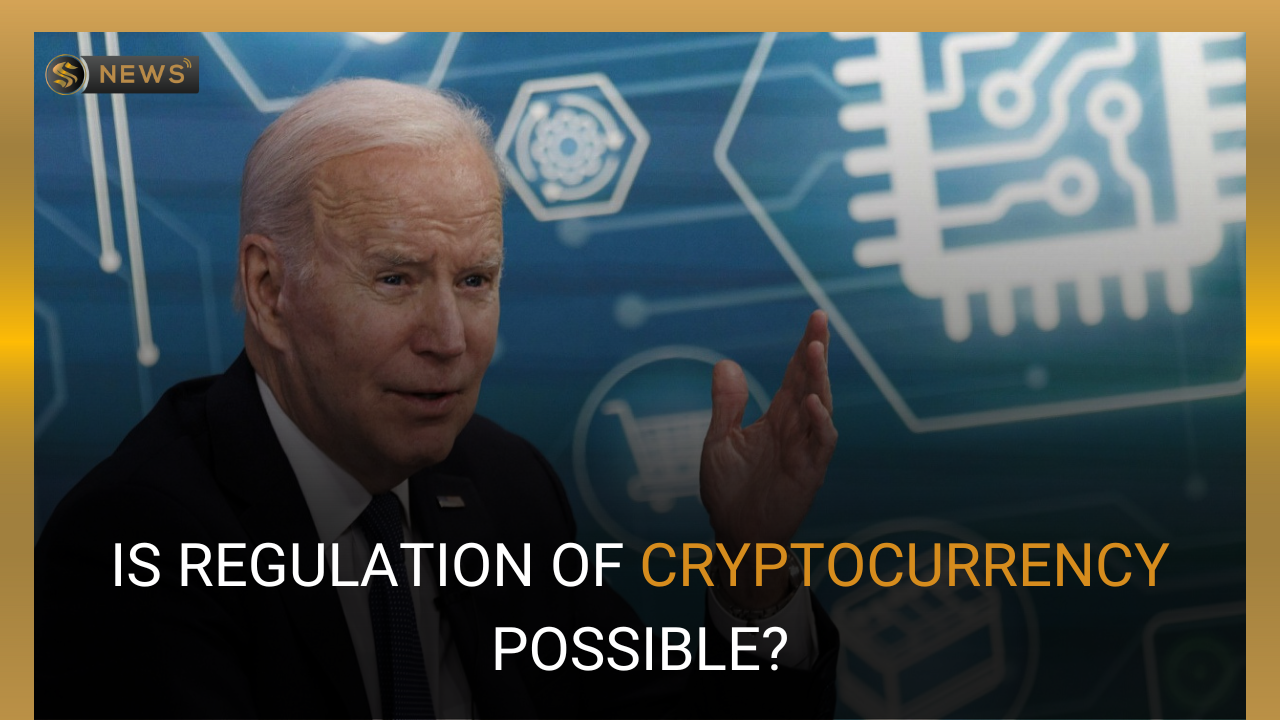
Share This Story, Choose Your Platform!
The Biden White House just unveiled the first-ever framework for Cryptocurrency regulation in the United States. The plan outlines how the financial services sector should develop to facilitate borderless transactions and combat fraud in the digital asset market.
Although no laws have yet been mandated but the new instructions use the power of already existing regulators. These regulators include Securities and Exchange Commission and the Commodity Future Trading Commission.
However, investors in this emerging asset class as well as the entire Cryptocurrency business have been interested in the long-awaited direction from Washington.
The framework was presented as a result of President Joe Biden’s call for federal agencies to investigate in depth the cryptocurrencies and publish findings in an executive order.
Government organisations have been trying to create their own frameworks and policy suggestions for the past six months.
Moreover, these suggestions make up the first “whole-of-government approach” to business regulation.

Three Key Points from the Cryptocurrency Framework
Dealing with Illegal Finances
The White House’s new framework for crypto regulation includes a section on combating criminal behavior in the sector, and the suggested restrictions seem to have some actual bite.
The authorities are also wondering if increasing the fine on illegal monetary activities will enable the Department of Justice to perform better regarding this matter. Furthermore, if this will further aid the department in locating the victims who might be in need of any help.
The New Digital Dollar
The framework also suggests that a digital version of the dollar, known as Central Bank Digital Currency (CBDC), issued by the U.S. central bank may have substantial benefits.
There are numerous varieties of digital US dollars available right now.
According to the White House’s proposed framework, a U.S. CBDC might make it possible for a payment system that is more efficient, offers a basis for additional technical innovation, promotes speedier cross-border transactions, and is ecologically friendly.
The paper also mentions that by facilitating access for a broad group of customers, it could improve financial inclusion and equity.
In order to do this, the administration implores to keep up its continuous analysis, testing, and examination of a CBDC.

Protecting the Economic Stability
The framework further continues by mentioning stable coins specifically and cautioning that in the absence of suitable regulation, they may lead to disruptive runs as well.
The administration claims that in order to make stable coins safer, the treasury will collaborate with other agencies to detect, follow, and investigate any new potential harms that relate to digital asset markets. They will also collaborate with financial institutions to reinforce their abilities to detect and lessen cyber susceptibilities by sharing any information or encouraging a wide range of data sets and analytical tools.
Together with international allies like the Financial Stability Board and the Organization for Economic Cooperation and Development, these initiatives will also be made.
Dependability of the Cryptocurrency Framework
Although the framework is quite extensive and clear with the steps needed to make cryptocurrency safer but the real question is for how long?
There is always someone waiting to break in the security of new technologies. It may only be a matter of time before someone comes up with a counter methodology, as has been witnessed so many times before.
So, can cryptocurrency ever be safe or is it a far-fetched notion for now?



